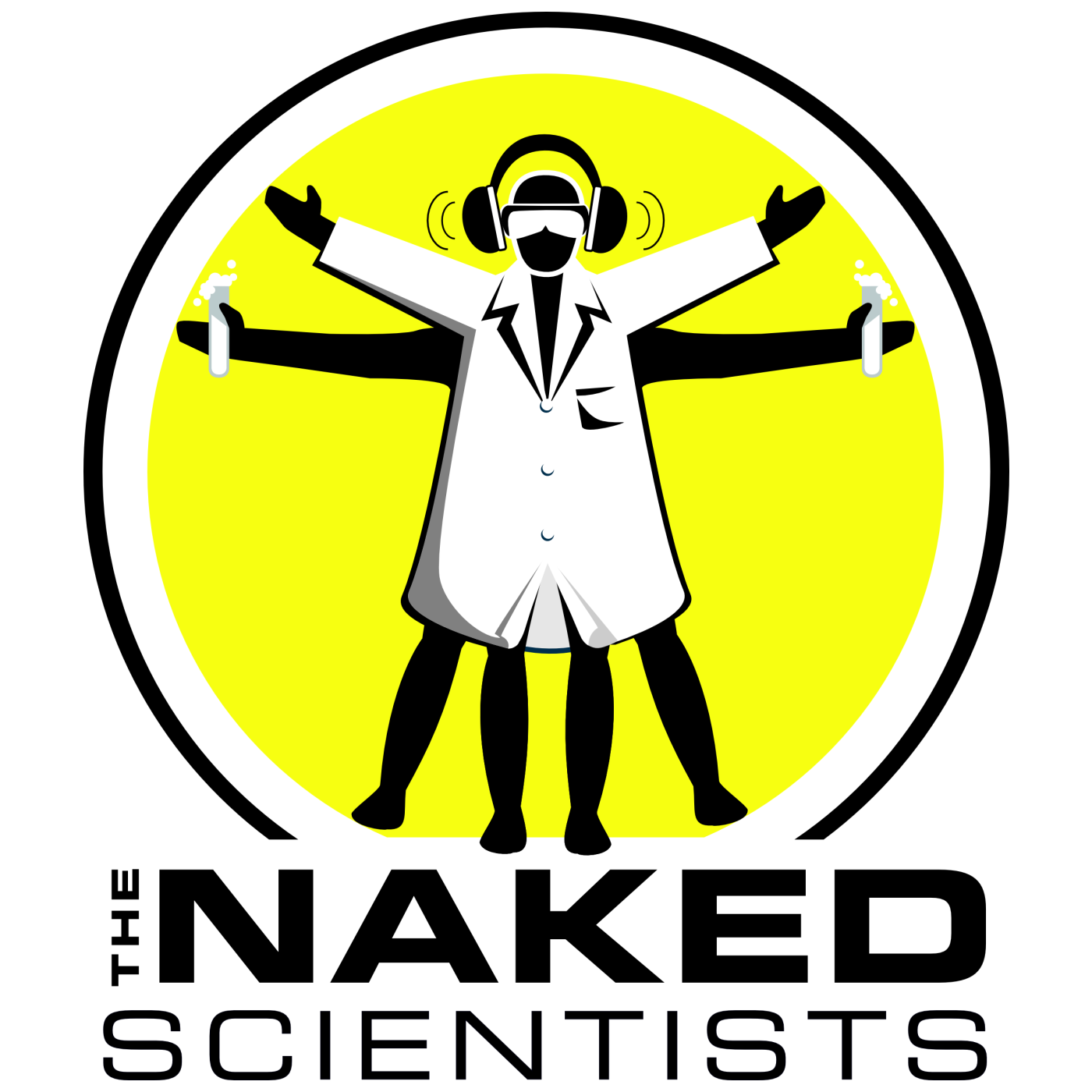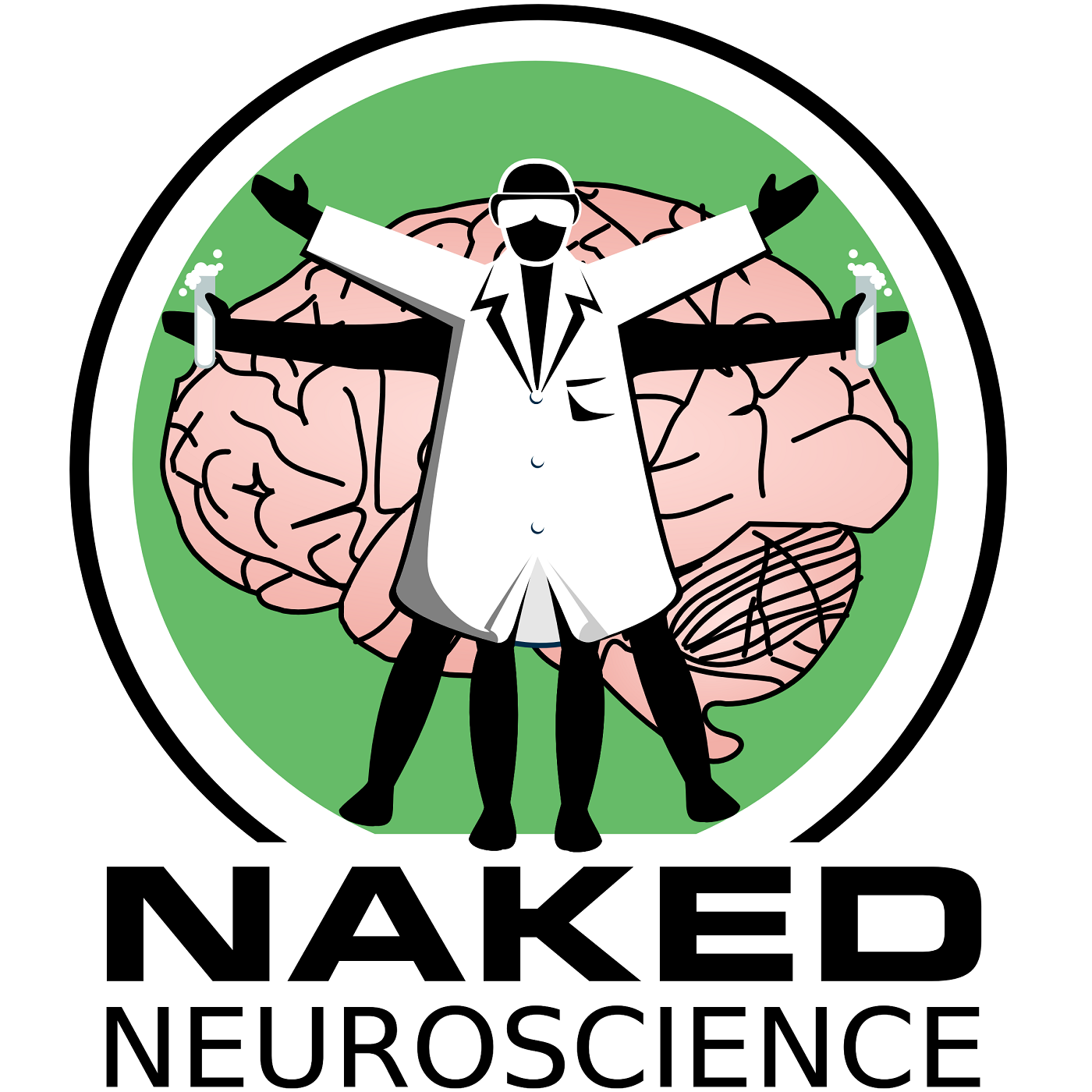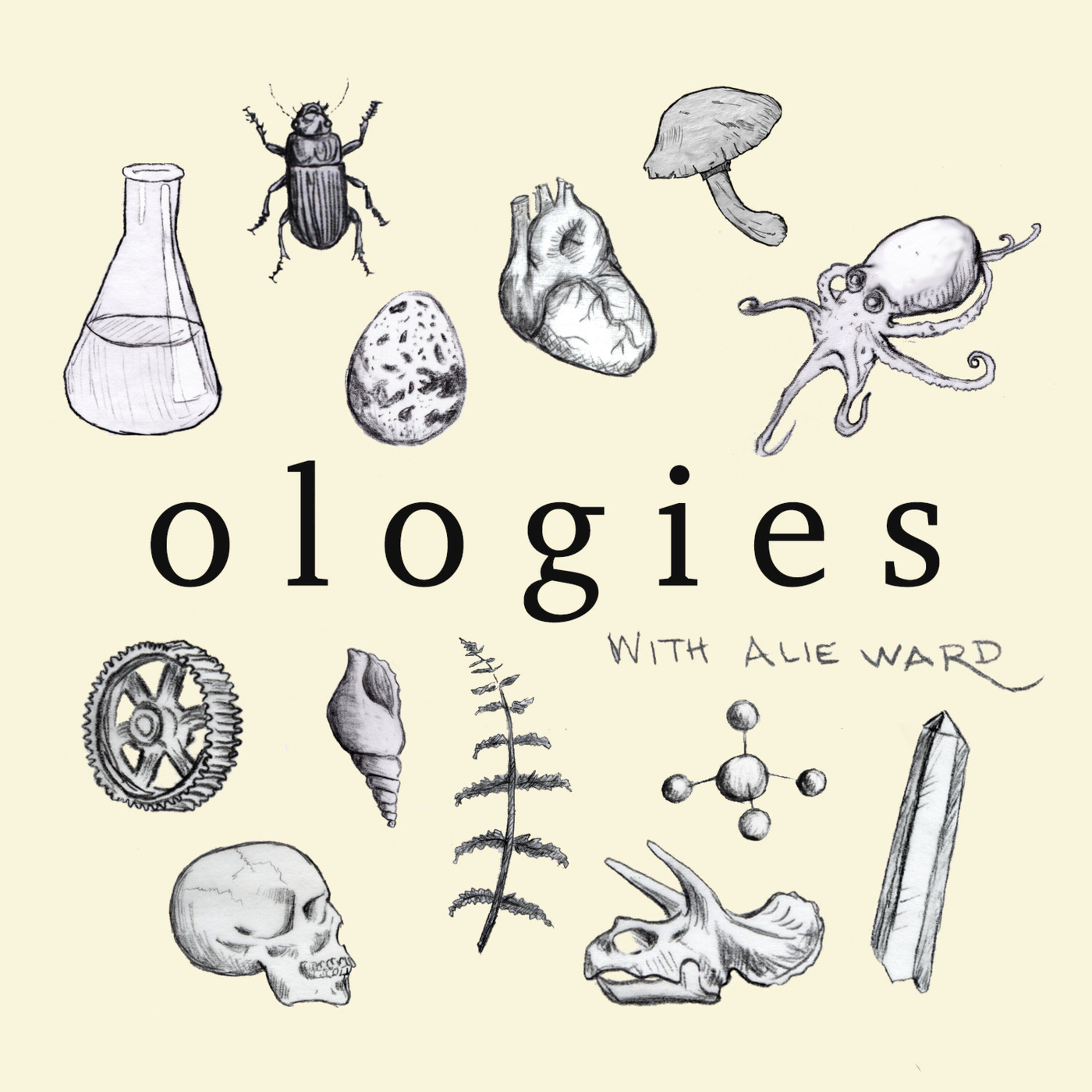
Heliox: Where Evidence Meets Empathy 🇨🇦
Join our hosts as they break down complex data into understandable insights, providing you with the knowledge to navigate our rapidly changing world. Tune in for a thoughtful, evidence-based discussion that bridges expert analysis with real-world implications, an SCZoomers Podcast
Independent, moderated, timely, deep, gentle, clinical, global, and community conversations about things that matter. Breathe Easy, we go deep and lightly surface the big ideas.
Curated, independent, moderated, timely, deep, gentle, evidenced-based, clinical & community information regarding COVID-19. Since 2017, it has focused on Covid since Feb 2020, with Multiple Stores per day, hence a sizeable searchable base of stories to date. More than 4000 stories on COVID-19 alone. Hundreds of stories on Climate Change.
Zoomers of the Sunshine Coast is a news organization with the advantages of deeply rooted connections within our local community, combined with a provincial, national and global following and exposure. In written form, audio, and video, we provide evidence-based and referenced stories interspersed with curated commentary, satire and humour. We reference where our stories come from and who wrote, published, and even inspired them. Using a social media platform means we have a much higher degree of interaction with our readers than conventional media and provides a significant amplification effect, positively. We expect the same courtesy of other media referencing our stories.
Heliox: Where Evidence Meets Empathy 🇨🇦
An Emergent System: Chromatin Conformation, Transcription, and Nucleosome Remodeling (E2 S25)
Related Substack Article & Reference Materials
In this mind-bending episode of Heliox, we dive deep into the revolutionary research upending everything we thought we knew about DNA function. Forget the simplistic "on/off switch" model you learned in school—your genome operates more like a city with dynamic neighborhoods. Scientists have discovered "packing domains" (PDs) that create a spectrum of gene expression, working like dimmer switches rather than binary toggles. Even more fascinating: the very act of reading genes shapes how DNA folds, creating a two-way street of influence. Most surprisingly, those supposedly "inactive" dense DNA regions (heterochromatin) aren't just silencers—they're crucial for creating the perfect "Goldilocks zone" for gene expression. This isn't just academic navel-gazing; it has profound implications for understanding muscle development, aging, and diseases like sarcopenia. When your cells age and nuclei swell, these delicate architectural arrangements fall apart, potentially explaining why our bodies break down over time. This episode will fundamentally change how you understand the blueprint of life itself.
Chromatin conformation, gene transcription, and nucleosome remodeling as an emergent system
Chromatin fiber's genomic 'memory' governs the building blocks of life, study reveals
This is Heliox: Where Evidence Meets Empathy
Independent, moderated, timely, deep, gentle, clinical, global, and community conversations about things that matter. Breathe Easy, we go deep and lightly surface the big ideas.
Thanks for listening today!
Four recurring narratives underlie every episode: boundary dissolution, adaptive complexity, embodied knowledge, and quantum-like uncertainty. These aren’t just philosophical musings but frameworks for understanding our modern world.
We hope you continue exploring our other podcasts, responding to the content, and checking out our related articles on the Heliox Podcast on Substack.
About SCZoomers:
https://www.facebook.com/groups/1632045180447285
https://x.com/SCZoomers
https://mstdn.ca/@SCZoomers
https://bsky.app/profile/safety.bsky.app
Spoken word, short and sweet, with rhythm and a catchy beat.
http://tinyurl.com/stonefolksongs
Curated, independent, moderated, timely, deep, gentle, evidenced-based, clinical & community information regarding COVID-19. Since 2017, it has focused on Covid since Feb 2020, with Multiple Stores per day, hence a large searchable base of stories to date. More than 4000 stories on COVID-19 alone. Hundreds of stories on Climate Change.
Zoomers of the Sunshine Coast is a news organization with the advantages of deeply rooted connections within our local community, combined with a provincial, national and global following and exposure. In written form, audio, and video, we provide evidence-based and referenced stories interspersed with curated commentary, satire and humour. We reference where our stories come from and who wrote, published, and even inspired them. Using a social media platform means we have a much higher degree of interaction with our readers than conventional media and provides a significant amplification effect, positively. We expect the same courtesy of other media referencing our stories.
Welcome back to the Deep Dive. This time, we're going to be looking at how your DNA actually functions within a cell. It really is remarkable. You know, we've got this incredible research article, "Chromatin Confirmation, Gene Transcription, and Nucleosome Remodeling as an Emergent System Straight from Science Advances." Wow. It's really changing the way scientists think about DNA's role in gene expression. Okay, so this Deep Dive is all about how that intricate folding of DNA, something called chromatin confirmation, directly impacts which genes are turned on and off. Precisely. And that's not just textbook stuff. It has real implications for things like aging and diseases like sarcopenia. Sarcopenia. Which is age-related muscle loss. Oh, wow. Okay, so let's get into it. I remember learning about DNA being either open, meaning genes are active, or closed, to keep genes inactive. Right. That's the classic model. Right. But this research suggests it's not quite that simple. They found that DNA organization is way more dynamic with something called packing domains, or PDs. PDs, I've never heard of those. What are they exactly? Think of PDs as structure units within your DNA, kind of like organized neighborhoods in a city. Okay. And they're not just open or closed. Using a high-tech imaging technique called ChromSTEM researchers found that PDs exist on a spectrum. Interesting. Chrom are tightly packed, others more open, and they're constantly changing. So instead of a simple on/off switch for genes, it's more like a dimmer switch with a whole range of settings. That's a great way to put it. And here's where it gets even more interesting. The active gene transcription, that process of reading DNA to build proteins, actually influences how these PDs are formed. Wait, so it's not just the PD structure dictating which genes are expressed. The process of reading the genes is actually shaping those structures, too. Exactly. It's a two-way street. The research actually outlines three rules for how PDs assemble, mature, and function based on this dynamic relationship. Okay, so how does this all work? Is it like the traffic patterns in a city influencing where buildings are built, but then the buildings themselves also directing the flow of traffic? That's a fantastic analogy. And this intricate dance between structure and function is really at the heart of how our genes are regulated. That's pretty mind-blowing. So these PDs sound pretty crucial. What else did they find out about how they work? Well, one interesting discovery involved the size of enzymes and their role in shaping PDs. Think about packing a suitcase. Smaller items, like socks, are easy to fit into tight spaces, while bulkier items need to be arranged differently. Okay, I'm with you. So how does that relate to DNA? Researchers found that smaller enzymes, the ones associated with compacting DNA, tend to cluster in the dense cores of PDs, similar to how you'd pack those socks. Makes sense. So what about the larger enzymes? Larger enzymes, the ones linked to more open and accessible DNA, are usually found at the periphery of the PDs. It's like when you pack a suitcase, you wouldn't shove a bulky jacket in the middle, right? Right. You'd put it near the edges where there's more space. So the size of these enzymes actually dictates where they end up within the PD structure. Exactly. And that spatial arrangement has a big impact on how efficiently genes are transcribed. It's all about creating the right environment for those genes to be expressed. So the density of the PD, how tightly packed it is, matters for gene expression. It absolutely does. And here's where they discovered this Goldilocks zone concept. It turns out that having just the right amount of dense DNA, or heterochromatin, is crucial for creating the optimal environment for transcription. That's fascinating. So there's a sweet spot where the density is just right for things to work perfectly. Precisely. Too much density and the machinery that reads DNA can't access the genes. Too little density and the necessary elements for transcription become too spread out to function effectively. It's all about balance. So it's like having the perfect temperature for your porridge too hot and you burn your tongue too cold and it's just blah. Your DNA needs that sweet spot to function at its best. I love that analogy. And this Goldilocks zone discovery really made researchers question the traditional role of heterochromatin. Could it be that this dense form of DNA is more than just a gene silencer? So this Goldilocks zone idea is really making me rethink how I view DNA. It's not just about genes being switched on or off, but about this delicate balance of density and structure. Absolutely. And this research takes it a step further, exploring how these concepts actually play out in real life processes like muscle development. Okay, so let's talk about muscles. If the formation of these PDs is so important for gene expression, they must be involved in how cells become specialized, right? Exactly. Muscle development is a great example. Think about how immature muscle cells called myoblasts differentiate into mature muscle fibers. The research shows that PDs form around genes crucial for muscle function during this process. So as these muscle cells are developing, the PDs are like construction crews assembling scaffolding around a building, ensuring it's built correctly. I like that analogy. And they specifically looked at what happens near a gene called myogenin, which is like the master switch for muscle differentiation. Myogenin. So if this gene doesn't get expressed properly, muscles don't develop correctly. That's right. And as those myoblasts become mature muscle fibers, the researchers saw that a pre-existing loop of DNA near the myogenin gene actually disappears. And then heterochromatin starts to build up in a non-coding region right next to it. Okay, so the landscape around this crucial muscle gene is literally changing as the muscle cell matures. But I'm a little confused. Didn't we just talk about how heterochromatin is dense and can make it hard for genes to be expressed? Why is it accumulating near a gene that's so important for muscle function? That's a great question. And it highlights just how complex the system is. What we found is that in this specific context, the accumulation of heterochromatin actually coincides with increased myogenin expression. So instead of silencing the gene, it's actually helping it to be expressed more. Is it like the heterochromatin is creating that Goldilocks zone around the myogenin gene, making sure it functions optimally? You got it. And they saw a similar pattern with another group of genes called myosin-heavy chain gene that are responsible for the proteins that make your muscles contract. As the muscle cells differentiate, they observe the same build up of heterochromatin near those genes, coinciding with increased gene expression. So far, we've been talking about how these PDs are revolved in muscle development. But earlier you mentioned sarcopenia, which is age-related muscle loss. Is there a connection? Yes. And this is where things get really interesting and potentially concerning. Remember how we talked about the structure of these PDs being so critical for proper gene expression? Right. Even subtle changes to that structure can mess things up. And you also mentioned that as cells age, their nuclei often swell. Exactly. And this nuclear swelling can affect the formation of those crucial PDs. Does this mean that aging could actually be altering the very structure of our DNA? Could that make it harder for cells to produce the proteins they need to function? That's one of the implications of this research. They specifically modeled the effects of nuclear swelling on the expression of one of those myosin-heavy chain genes, which is known to decrease in aged muscles. So they're basically simulating what happens to these crucial muscle genes as our cells get older. What did they find? The model showed that as the nucleus swells, causing the overall density of the DNA to decrease, it disrupts the optimal Goldilocks zone for that myosin gene parts of the gene that actually code for the protein shift away from that ideal density, making it harder for them to be expressed effectively. So even though the gene itself might still be there, the environment around it isn't right anymore. It's like having all the ingredients for a cake, but your oven is broken. I love that analogy. And that disruption in the optimal environment could lead to decreased production of that muscle protein, resulting in weaker contractions and eventually age-related muscle loss. That's a pretty sobering thought. The way our DNA is folded plays a role in how our muscles develop. But as we age, changes to that structure might contribute to muscle decline. That's what this research suggests. And there's one more piece of this puzzle that we need to explore. It turns out that inhibiting heterochromatin formation can actually suppress gene expression. This really challenges the idea that it's just a gene silencer. Okay, my brain is officially doing backflips. We've talked about how the structure of DNA impacts gene expression. And now you're saying that inhibiting heterochromatin, that tightly packed DNA, can actually suppress gene expression. But isn't heterochromatin supposed to be the stuff that silences genes? That's the traditional view, but this research throws us a curveball. It turns out that heterochromatin plays a more complex role than we initially thought. I'm all ears. Help me understand how something that's generally thought to silence genes is actually needed for them to be expressed properly. It all goes back to those packing domains, those PDs we've been discussing. Remember how they have that dense heterochromatin core surrounded by a more open periphery? Yeah, like a bustling city center with quieter suburbs around it. Exactly. That specific architecture is crucial for creating that optimal Goli Lox zone for transcription. The dense heterochromatin core actually helps to concentrate the necessary enzymes and factors involved in gene expression at the periphery where the DNA is more open and accessible. So it's like the heterochromatin is acting as a shepherd, guiding all the sheepdogs, those enzymes and factors to where they need to be to herd the sheep, which are the genes. That's a very creative analogy, but you've got the idea. Now imagine if you suddenly remove that shepherd, the sheepdogs become scattered and the sheep might wander off. It becomes much harder to manage the flock, even though it seems like there's more freedom. Okay, I see where you're going with this. So if you disrupt the formation of that heterochromatin core, you lose that organizational structure within the PD and things get messy. Precisely. The necessary enzymes and factors become dispersed, making it harder for them to find and transcribe the genes, even though the genes themselves might be physically accessible. It's like a library without a librarian. All the books are there, but good luck finding the one you need. So it's not just about having access to the genes. It's about having the right tools in the right place at the right time. That's a great way to put it. And the researchers actually tested this by inhibiting enzymes involved in heterochromatin formation. They found that doing so significantly decreased gene expression, particularly for genes that rely on that organized PD structure. This is a real game changer. It means we need to rethink our entire understanding of how DNA works. It's not just about genes being on or off, but about creating the right environment within the cell for those genes to be expressed effectively. And that environment surprisingly relies on the presence of heterochromatin. Exactly. This research shows that even elements we thought we understood like heterochromatin can have surprising and complex roles. It makes you wonder what other hidden connections and paradoxical relationships are waiting to be discovered in the world of DNA. But let's bring it back to what we were discussing earlier. How does this new understanding of heterochromatin connect to aging and disease? Well, remember how we talked about how nuclear swelling, which happens as cells age, can disrupt the formation of PDs? Yes. And how that could contribute to age-related muscle decline. Right. But now knowing that heterochromatin is crucial for organizing those PDs and concentrating the factors needed for gene expression, it adds another layer of complexity to the aging process. So are you saying that nuclear swelling might not just be disrupting the physical structure of the PDs, but also messing with the cell's ability to express genes effectively because it's losing that crucial heterochromatin? That's a key takeaway from this research. It's like taking away the library's organizational system and the librarian at the same time. It becomes incredibly difficult for the cell to function properly. This is really making me think about aging in a whole new light. It's not just about things wearing out, but about these intricate systems within our cells becoming disrupted over time. Exactly. And this impaired gene expression due to disrupted heterochromatin could contribute to a wide range of age-related issues, not just muscle decline. This has been an incredible deep dive. We started by exploring how the 3D structure of DNA impacts gene expression. And we've ended up talking about the complexities of aging and disease. It's amazing how interconnected everything is. And it's a great example of how fundamental scientific discoveries can have profound implications for understanding human health. So what's the one big takeaway you want our listener to walk away with today? I'd say this. The next time you hear about genes being turned on or turned off, remember that it's not as simple as flipping a switch. There's a whole universe of complex structures and interactions happening inside our cells. And this research has revealed a completely new layer of that complexity. That's a great point. It's a good reminder that there's always more to learn. And even the things we think we know can be full of surprises. So to our listener, keep asking questions, keep learning, and keep exploring the fascinating world of science. And until next time on the Deep Dive, stay curious.



















